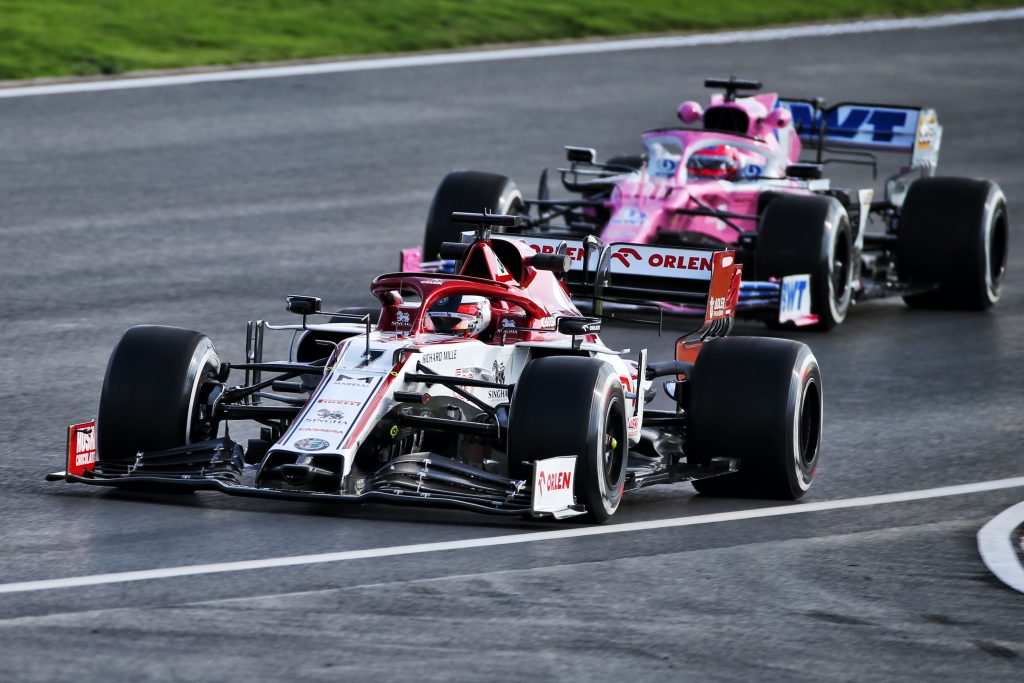Up Next

Friday practice for the Turkish Grand Prix was defined by drivers struggling for grip, with Carlos Sainz Jr describing it as “the strangest Friday I’ve done in my life” and laptimes well off what was expected even by the end of the day.
This was down to the combination of the newly-resurfaced track and the conditions not offering the anticipated grip, with the first session a nightmare for drivers as they wheelspun their way around the track.
Here is why this happened.
Why is the track surface so low-grip?
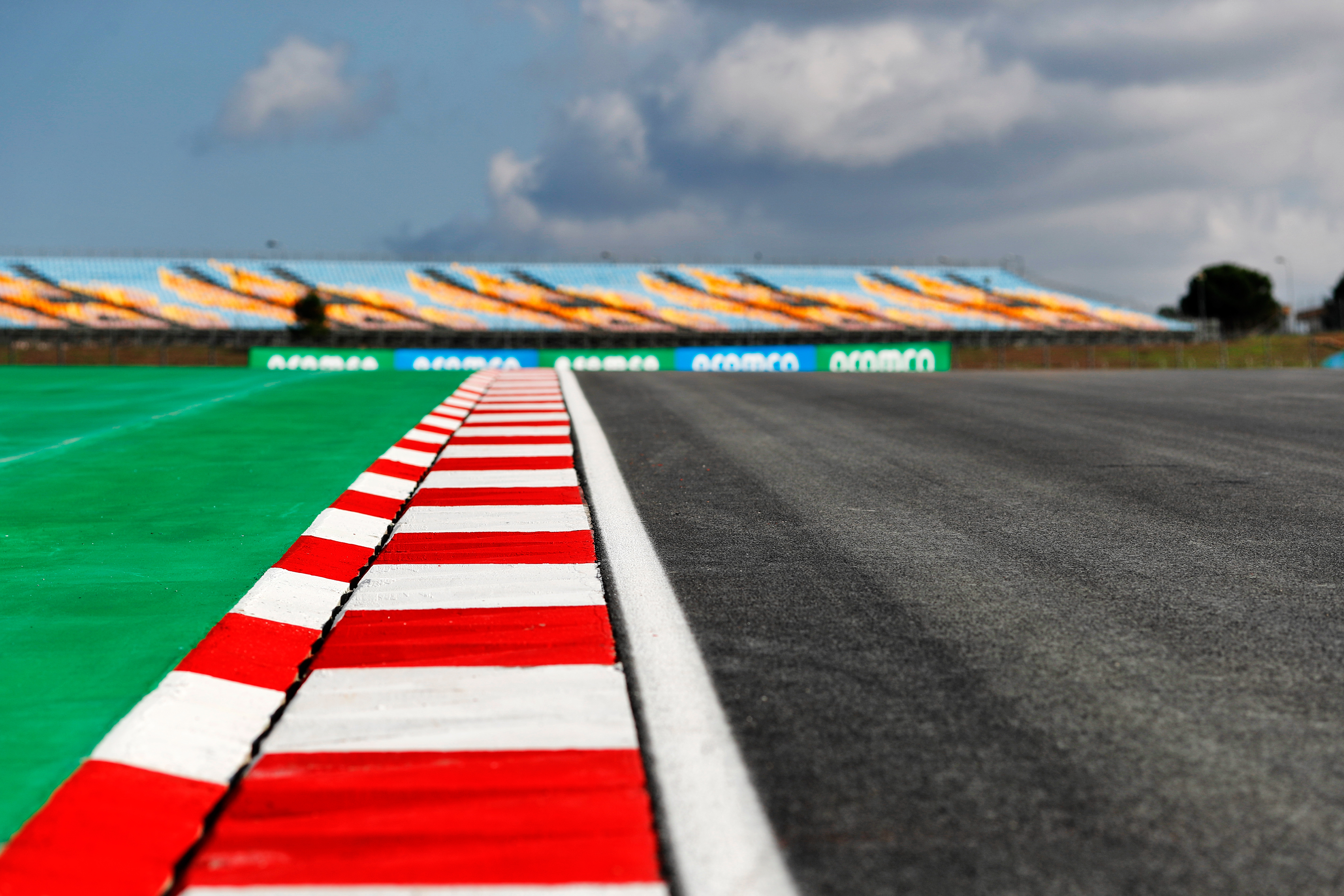 The track has a high-quality, very smooth surface that should offer plenty of grip in the future. But these were unusual conditions, exacerbated by the fact the track was recently resurfaced with work only completed two weeks ago and therefore still with plenty of oils to be worked out of the surface.
The track has a high-quality, very smooth surface that should offer plenty of grip in the future. But these were unusual conditions, exacerbated by the fact the track was recently resurfaced with work only completed two weeks ago and therefore still with plenty of oils to be worked out of the surface.
Overnight rain and morning track-cleaning work meant there was still some dampness on the circuit in FP1, while the relatively low temperatures made it more difficult to build tyre temperature. Drivers found it impossible to “turn on” the tyres in the morning, effectively making it like driving in icy conditions.
While conditions improved and laptimes lowered as the day progressed thanks to it being easier – but far from easy – to build temperature, it remained a low-grip surface at the end of the day, with some drivers having to complete multiple preparation laps to get the energy into the tyres on a track that didn’t offer the levels of adhesive grip expected of a new surface.
Given the temperatures F1 tyres are designed to work in, the conditions and the smooth surface mean the Pirellis simply do not work. By comparison, on a coarser surface, cars would have been able at least to find a little more mechanical grip thanks to the different way the tyre interacts with such a surface.
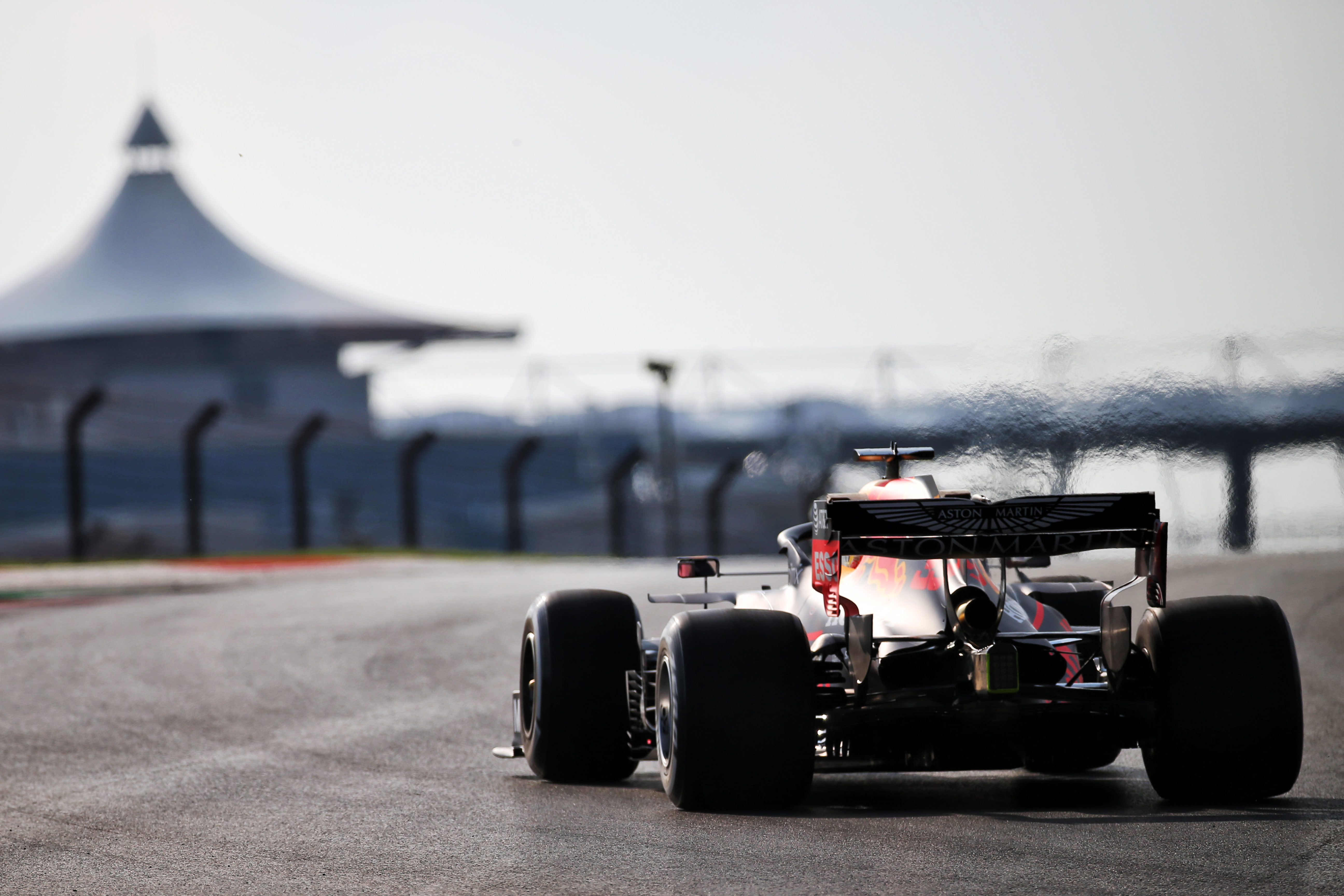
“It’s hard to warm up the tyre because you don’t generate the heat, you don’t put the energy in so you are not able to generate the grip,” said Pirelli F1 boss Mario Isola.
“If you fit a Formula 1 tyre on your road car, you will probably slide everywhere because a road car is not able to put any energy into the tyres and therefore heat the tyre. The compounds for motorsport are designed to work at a high temperature because the level of stress, as an average, is quite high. Therefore they are designed to work at 80°C, 90°C even more than 100°C in some cases – in F1 we reach more than 130°C sometimes on the surface.
“The reason they are sliding is that the surface is very cold, the bulk of the compound is very cold and you are not able to put the energy into the compound so you don’t generate the mechanical grip – the interaction between the compound and the Tarmac – and the chemical grip, that is the ability of the surface to stick on the Tarmac.”
Why so much worse than Portugal?
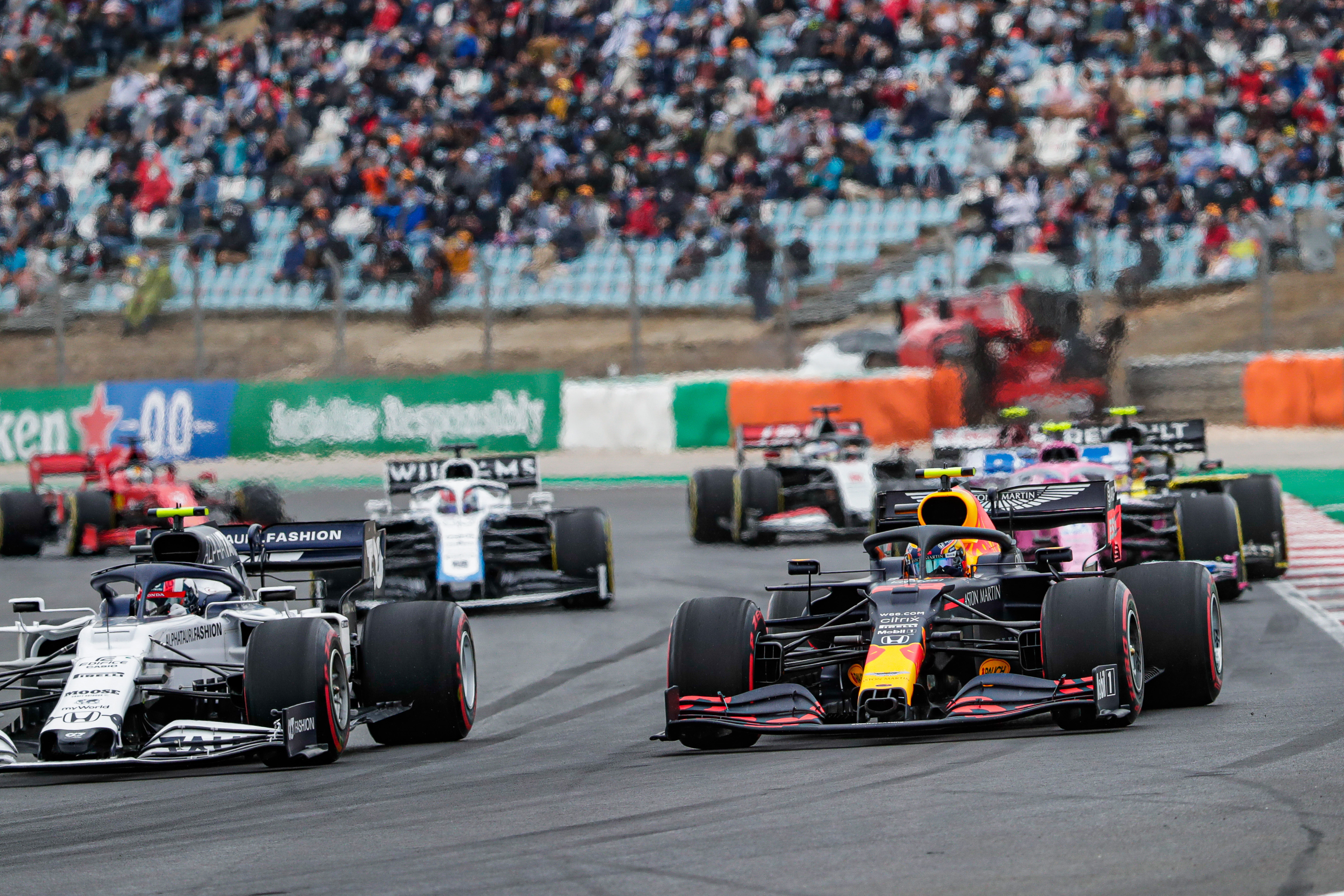 Ahead of the weekend, Pirelli anticipated a similar track surface to the one at the Algarve circuit that hosted the Portuguese Grand Prix last month. While cars struggled for grip there – famously so in the early laps of the race – this has proved even more challenging at Istanbul Park.
Ahead of the weekend, Pirelli anticipated a similar track surface to the one at the Algarve circuit that hosted the Portuguese Grand Prix last month. While cars struggled for grip there – famously so in the early laps of the race – this has proved even more challenging at Istanbul Park.
While the track surface laid is ostensibly similar, the work was overseen by different companies and inevitably there are variations between products. The aggregate – the hard substances used along with the bitumen to form the surface – was different for the two tracks.
“I was expecting a Tarmac that was more similar to Portimao, a smooth Tarmac with bitumen on top but we had some grip, the tyres were able to develop some grip,” said Isola. “Instead, here we had no grip – probably a combination of the temperature, the fact it was damp, the type of Tarmac and the [compound] selection.”
As the work in Turkey was overseen by Tilke Engineers & Architects, there’s no question about its quality. The difference today is simply the consequence of variations in conditions, the timing and the exact product use.
Did the track really need to be resurfaced?
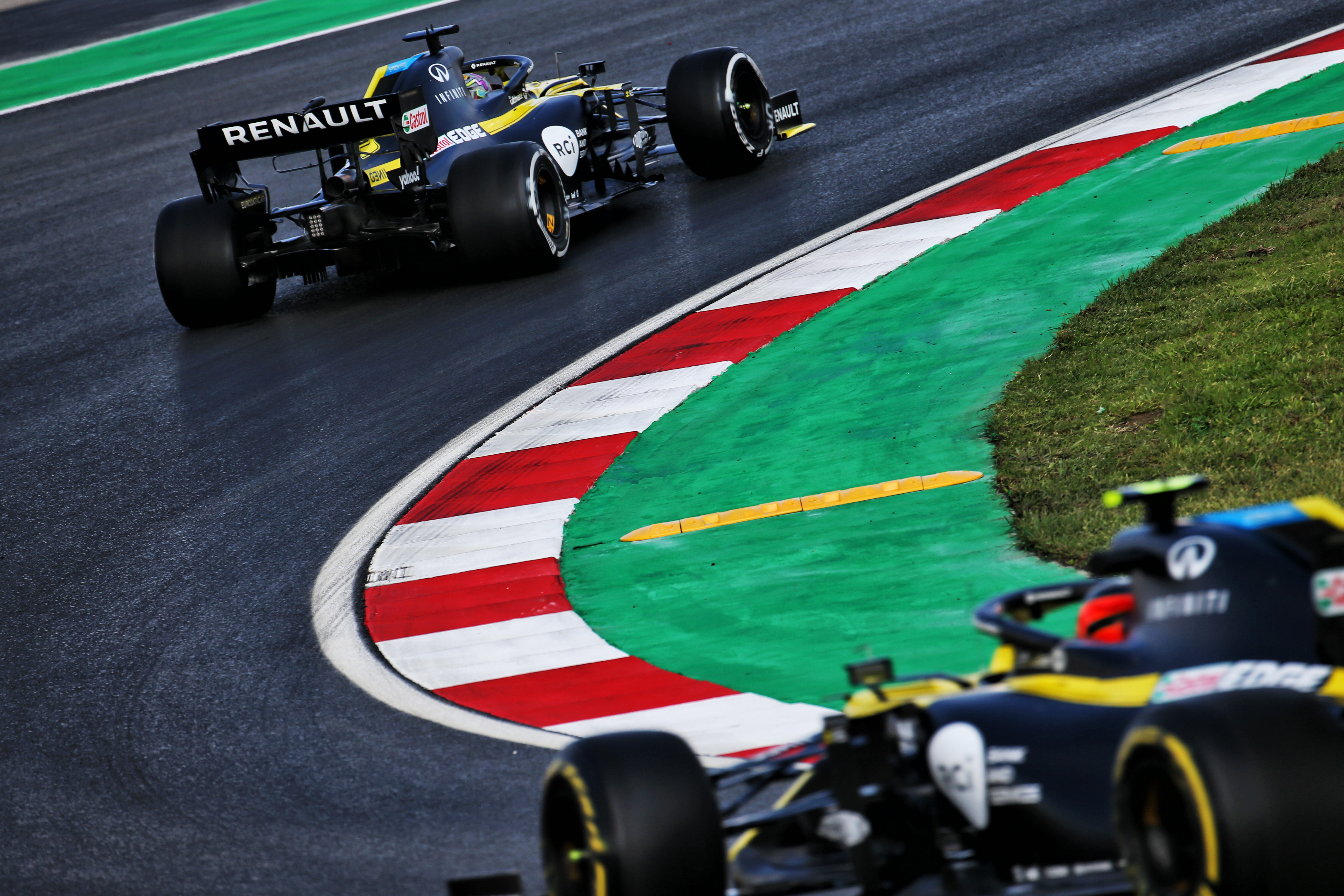 The fact that it was a late decision to resurface the circuit suggests not, as it’s understood not to have been a condition of holding the race even though the event was only formally announced in late August.
The fact that it was a late decision to resurface the circuit suggests not, as it’s understood not to have been a condition of holding the race even though the event was only formally announced in late August.
The surface that was in place was to F1 standards, having been used for the previous two Turkish Grands Prix as the circuit was resurfaced before the 2010 race. This was an abrasive surface, which played a part in Pirelli’s compound choices.
The decision to resurface the track was only made a month ago and work was completed just two weeks ago, meaning there is significant bitumen on or near to the surface.
How much has the track evolved?
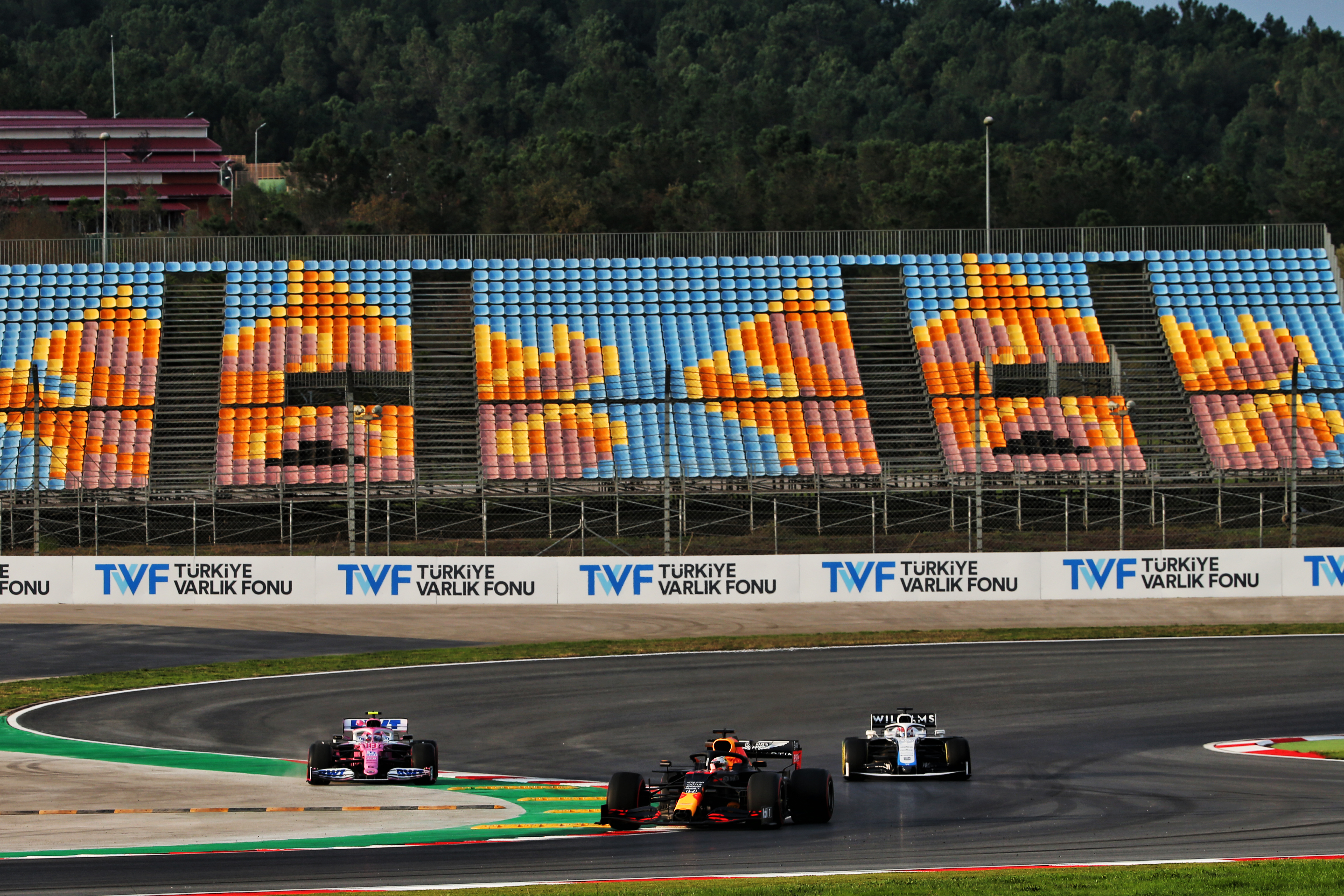 The fact the fastest time in FP2 was almost 6.5s faster than in FP1 shows that conditions improved dramatically, with the track evolution as the surface rubbers in part of this. There are compound gains here given the conditions were so bad in FP1 that it was almost impossible to build tyre temperature in the first part of the session.
The fact the fastest time in FP2 was almost 6.5s faster than in FP1 shows that conditions improved dramatically, with the track evolution as the surface rubbers in part of this. There are compound gains here given the conditions were so bad in FP1 that it was almost impossible to build tyre temperature in the first part of the session.
Pirelli expects there to be significant track evolution as the weekend progresses, although the absence of any support categories means the rate will not be as high as it would be on a weekend where categories such as Formula 2, Formula 3 and the Porsche Supercup are racing.
The cars are fundamentally faster than they were last time F1 visited Istanbul Park, yet the fastest time is still almost 3.3s off Sebastian Vettel’s 2011 pole position time, meaning we can expect lap times to improve by several seconds tomorrow.
Why didn’t Pirelli choose softer compounds?
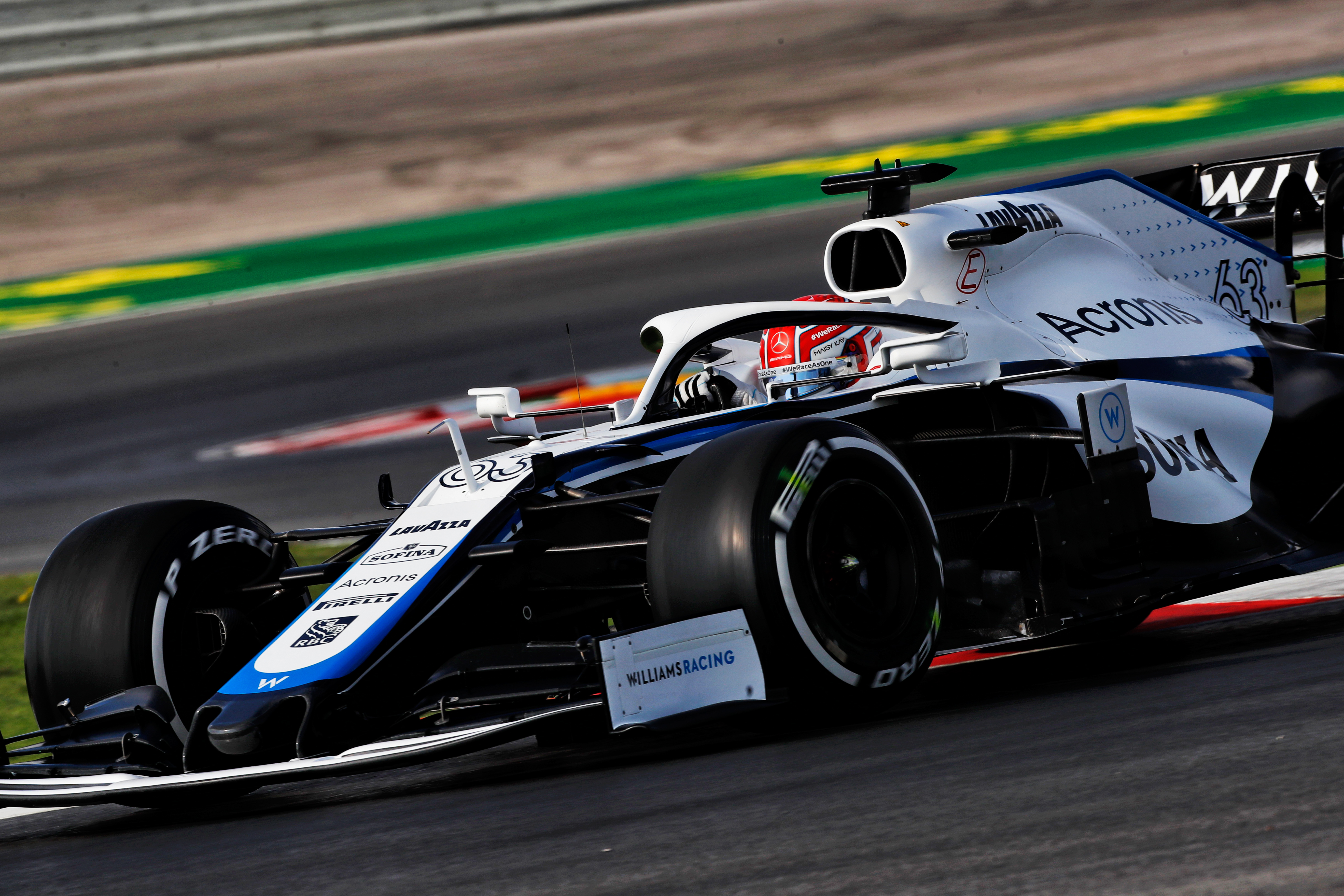 Pirelli decided to bring the hardest available compounds – C1, C2 and C3 – before it was aware the track would be resurfaced, and only had F1 data from its one previous race here back in 2011.
Pirelli decided to bring the hardest available compounds – C1, C2 and C3 – before it was aware the track would be resurfaced, and only had F1 data from its one previous race here back in 2011.
There were also concerns about the high stress on the tyres thanks to downforce levels, traction and lateral load, hence the decision to modify the standard allocation for each driver to give them an extra set of hard tyres at the expense of the usual seventh set of softs.
In normal circumstances, this would be a logical move given the extreme forces the circuit would generate. But with the low grip levels meaning the fastest time on Friday was well off the 2011 pole time, this has not been a concern today.
Isola suggested that Pirelli could have brought the C2-C4 tyre range instead had the resurfacing work been completed earlier, but believes graining would have been too problematic had the softest available tyre – the C5 – been used.
What if it rains?
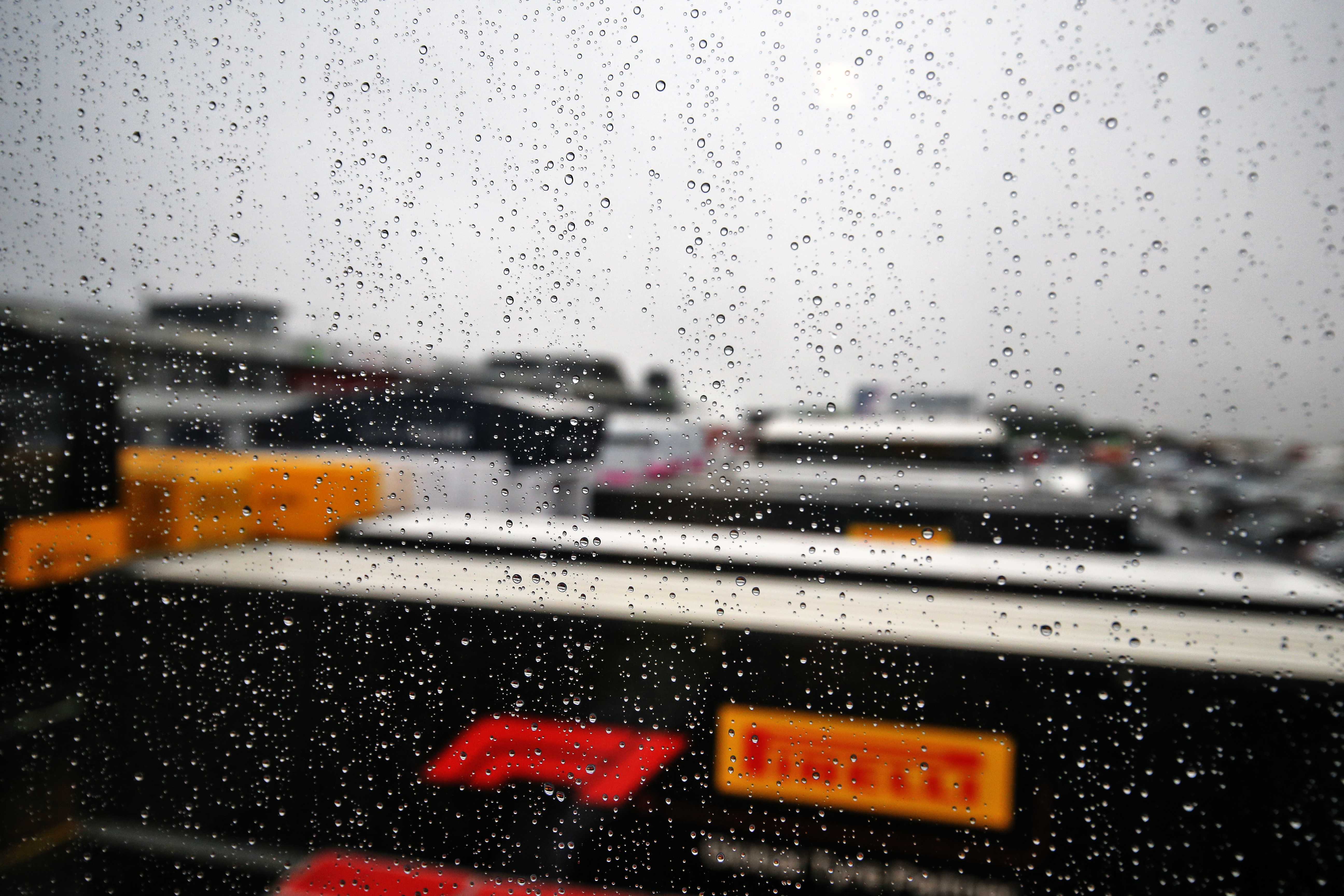 The track was damp in places this morning as a consequence of overnight rain and the pressure cleaning of the track ahead of practice. But there is the possibility of genuine rain tomorrow that could make the track surface even more challenging.
The track was damp in places this morning as a consequence of overnight rain and the pressure cleaning of the track ahead of practice. But there is the possibility of genuine rain tomorrow that could make the track surface even more challenging.
When rain falls onto a fresh track surface, it effectively draws out the low-grip bitumen. Because the water is more dense, the bitumen floats on its surface, making it even lower-grip.
On a fresh surface, this is a particular problem as usually it will be rich in bitumen whereas with a more mature surface it will be less of a concern because over time the bitumen breaks down – a process accelerated by hot weather.
While some of the more alarmist comments questioned if racing would be possible at all if it rained, the drivers feel it’s not that critical. But it will certainly be incredibly low-grip in the wet and, combined with cold conditions, this could make it very difficult to drive.


